Superiority of Tantras?

This is Kechara’s OWN Dzambala and Green Tara!! Don’t even ask..LOL…I never said we are conventional…just read the question and answer below… some comic relief for you before we get to the serious stuff below
(By Tsem Rinpoche)
Araxie asked a very good and helpful question which I have posted here. I have extracted this from the One question a day section of my blog, please see below:
Question:
Why do some Highest Yoga Tantras (like Vajrayogini or Cittamani Tara) traditionally require a previous initiation into Highest Yoga Tantra? Why aren’t they considered equal?
Requiring a previous initiation prior to Vajra Yogini does not mean it is not equal. It is totally equal. Let me explain using Sacred Vajra Yogini as an example.
- Sacred Vajra Yogini (VY) is a more condensed and easier practice of the Heruka/Vajra Yogini combined tantra.. for information sake the Heruka/Vajra Yogini tantra will be referred to just as Heruka tantra. They are one. Their practices are combined within the Heruka tantra of which there are many lineages… The Heruka tantra is long, many entourage deities, lots of visualizations, recitation takes much time, many complicated mantras/rituals/procedures. Just reciting the sadhana without visualization can take up to two hours daily if you are fast. So in the past ppl made time for it..now ppl make time for not being able to practice. Although Heruka is a very powerful and efficacious practice alot is required.
When we mention Heruka practice or tantra, VY is automatically included within it. So in order not to lose the efficaciousness of the Heruka practice during degenerate times such as now when we don’t make time for these practices, Heruka practice condensed is VY. All of VY’s practice, mantras, visualizations, rituals are derived from Heruka/VY combined. So if you were to do just the recitation of VY sadhana daily, perhaps it will take just 45 mins. Much more managable. Also the visualizations are much easier but just as powerful and effective as Heruka’s. - There are parts of VY’s practice that is so condensed you must get the Heruka initiation prior in order to practice the condensed version. Why because receiving the extended version, you do not need to do the extended version, you can just do the condensed version in VY’s practice. Hence it is not a matter of equality, but planting the seeds to practice the condensed version. And also receiving permission to practice. Permission in this case does not mean VY needs Heruka’s permission. It means VY’s practice IS the condensed version of Heruka, so when you are doing VY, you are actually doing the complete Heruka practice. Heruka is male and Vajra Yogini is female, but that is just manifested rupakaya not their true forms. Buddhas may change forms according to situation and need. Hence there is no ‘sex’ or ‘gender’ in their manifestations. It is like saying Heruka is chair and VY is table…not better or worse. One is not more holy or powerful than the other. VY’s tantra does not need Heruka’s initiation prior because she is female or lower. She is ‘not’ female in the traditional gender sense. She is a path to enlightenment manifesting as a female for our convenience. So her condensed path derives from Heruka, hence you are doing Heruka in condensed form when practicing VY.
Some tantras require a prior initiation of another tantra not because they are a condensed version but because they have paths and attainments that need to be planted in your mindstream that may not be contained in the initiation of the tantra you are practicing. All tantric deities are equal but presentation differ according to need, so some may look as if they are lacking. But the deities are not. For example, when someone is very sick, and White Tara appears to them and gives them instructions to heal, this becomes a sadhana. It can be passed down as so. But within this practice/tantra it does not contain the paths to enlightenment obviously, but more for immediate healing. Hence this tantra would look less superior to let’s say VY DUE TO PRESENTATION. But from Tara and VY’s side, they are exactly equal.
I hope this information helps you. For example, before you receive a protector practice such as Kalarupa or Pelden Hlamo, it is recommended you get Yamantaka prior. One of the purpose is for protector practice to be ultimately fully beneficial, you need to do your Yidam very well and transform from within, then you can ‘order’ the protectors to assist you. Pelden Hlamo is certainly equal to Yamantaka on the ultimate level, but on the presentation of practice, their function is different.
Much good wishes for the tantras to flourish inwardly and outwardly. Good luck…
Tsem Rinpoche
Please support us so that we can continue to bring you more Dharma:
If you are in the United States, please note that your offerings and contributions are tax deductible. ~ the tsemrinpoche.com blog team
























































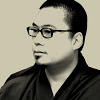




































































































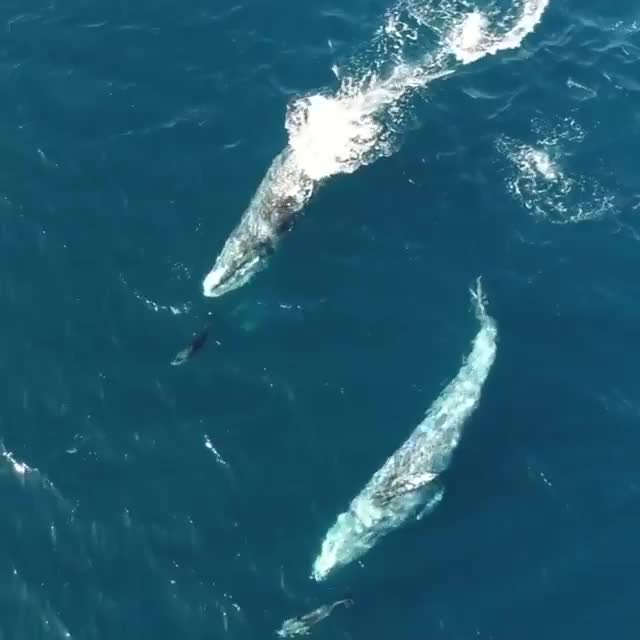

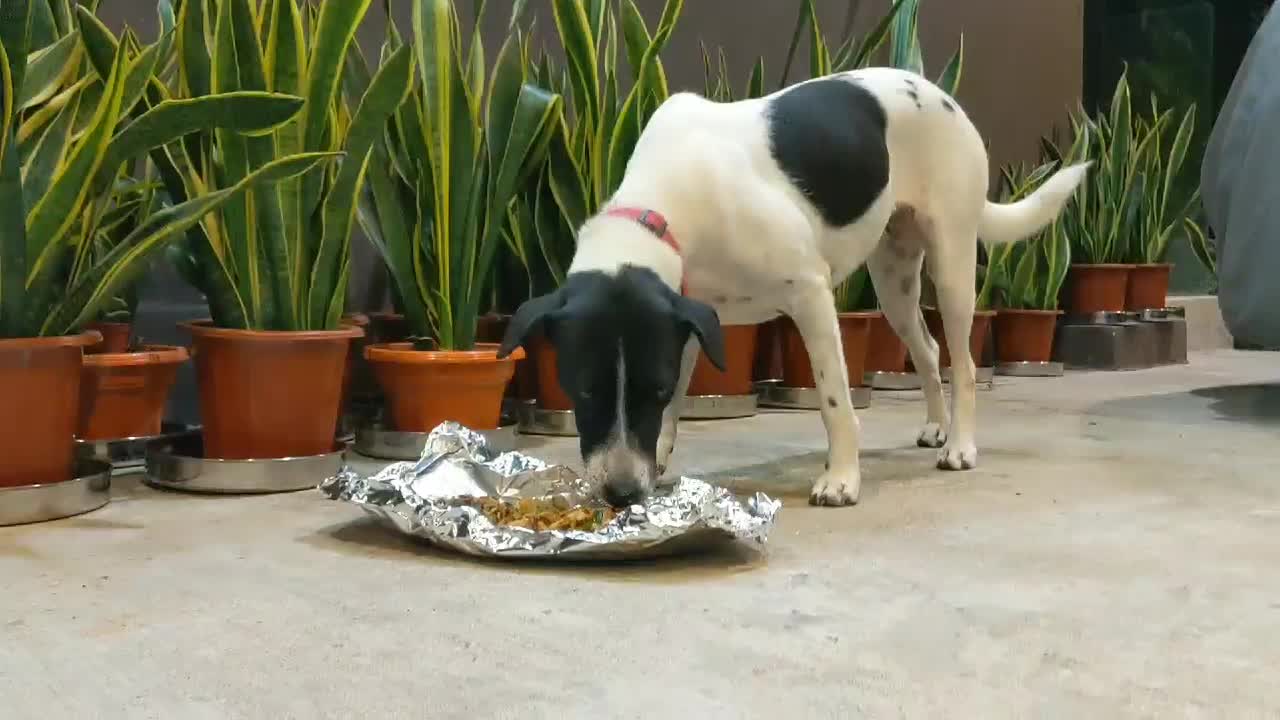
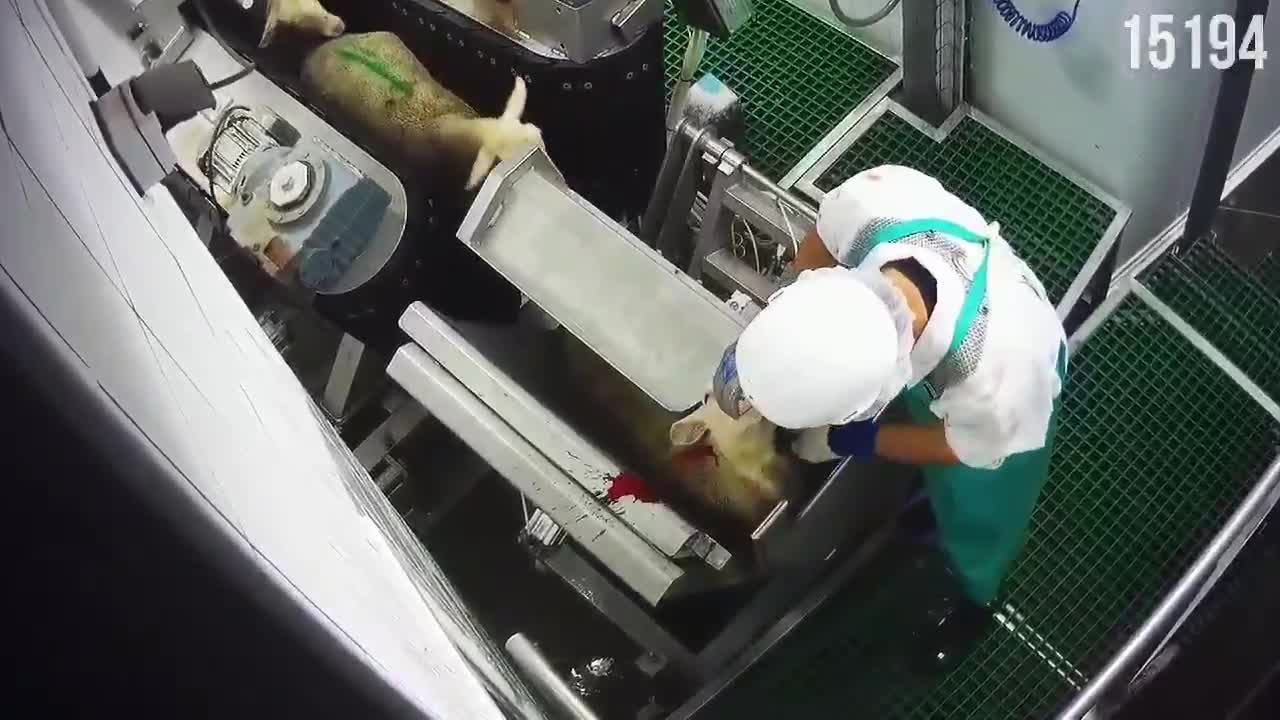

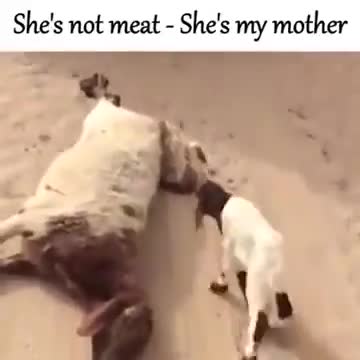
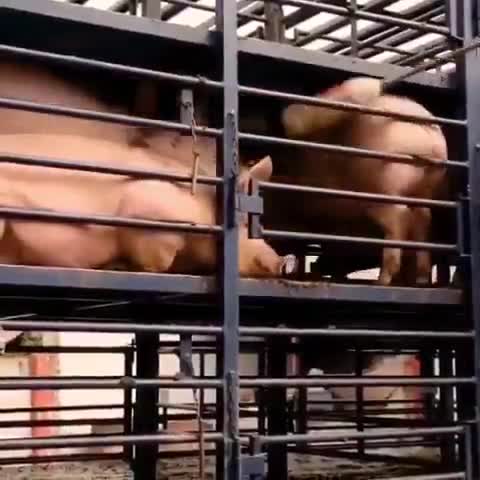

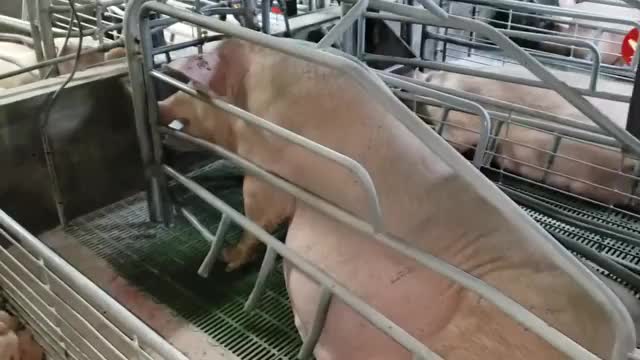
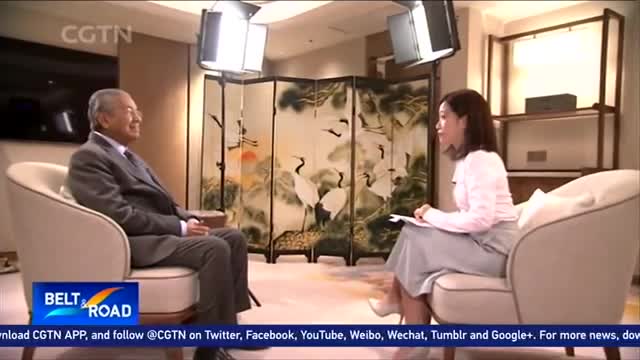
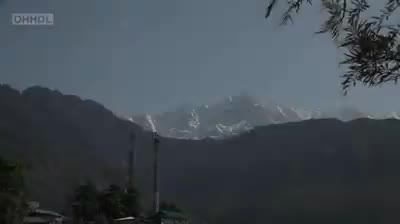
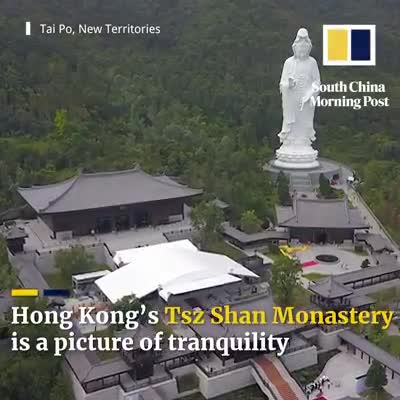
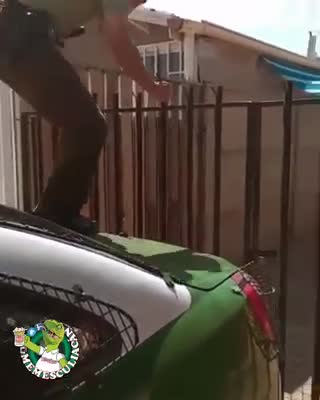
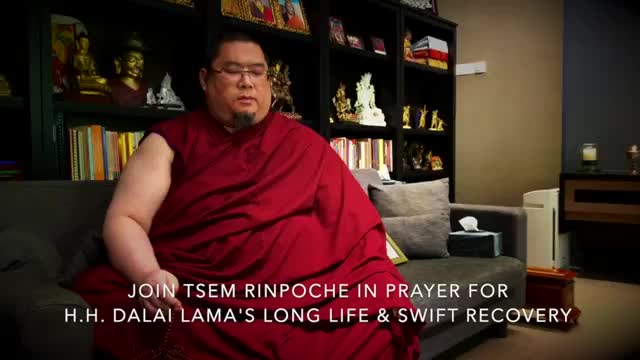
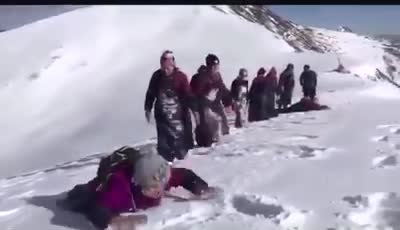
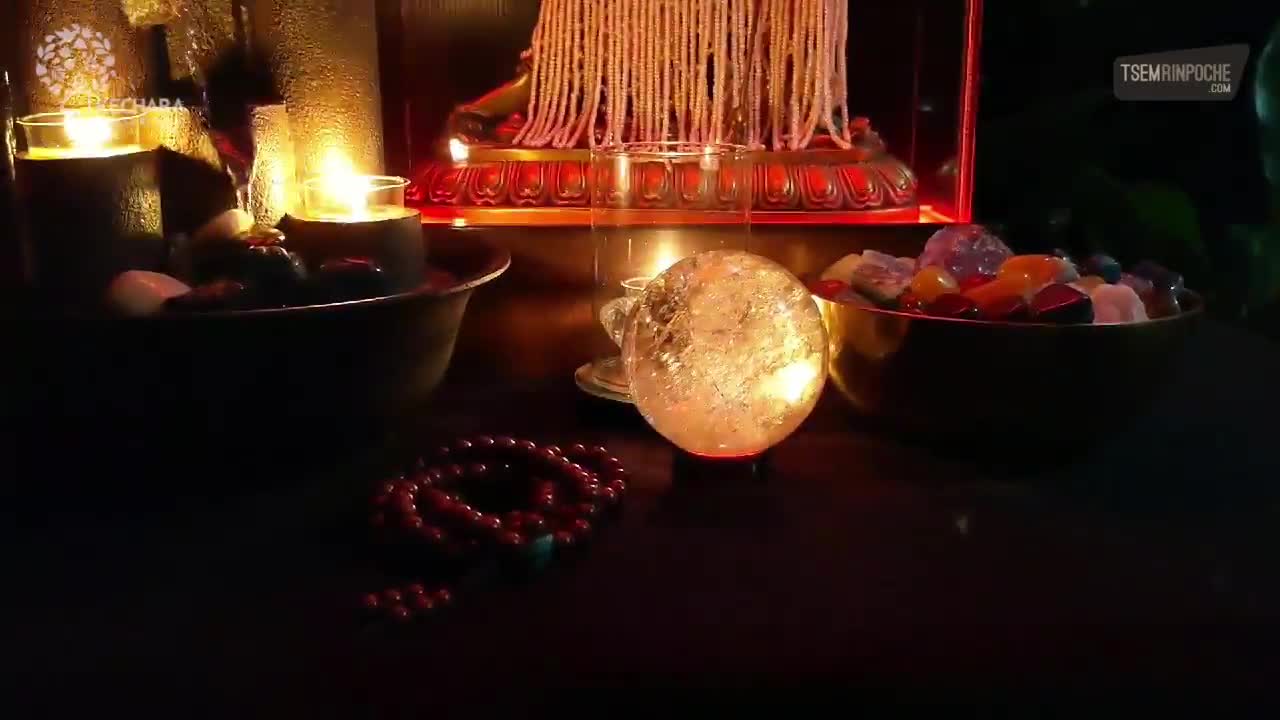

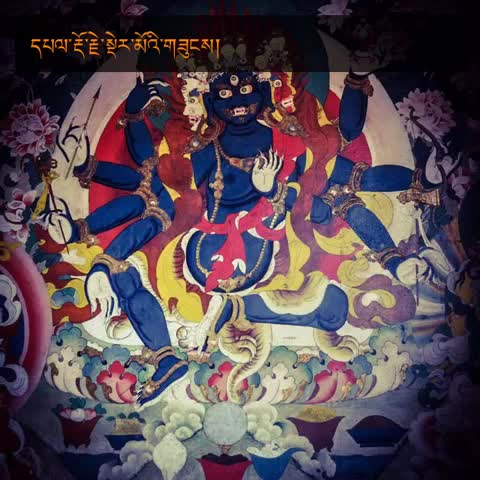
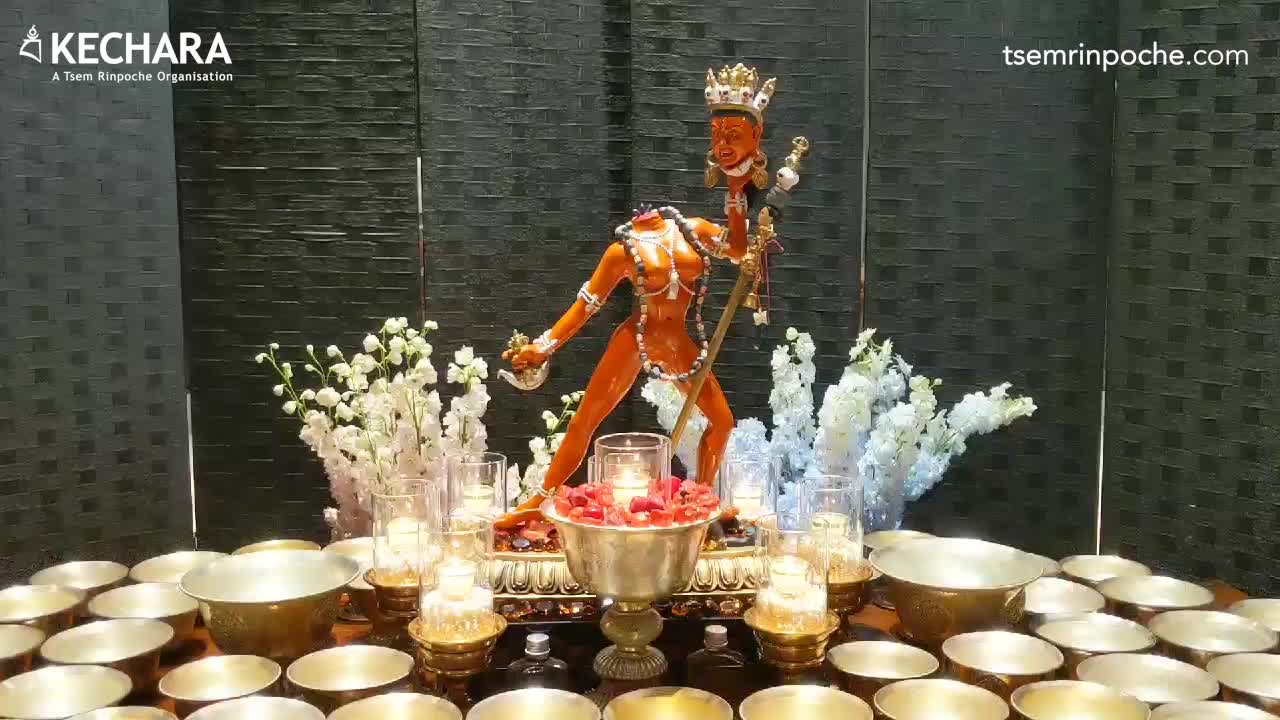













































































The Library of Tibetan Works and Archives is in Dharamsala, which is broken into two parts. Upper Dharamsala is where the Dalai Lama’s palace is located with his audience room and main prayer hall. It is also the location of the Dialectics School, Gaden Shartse’s guesthouse, restaurants, tourist hotels & main tourist areas.
A short ride down takes you to the lower part of Dharamsala where the Tibetan government is located. It is the location of the Tibetan Parliament in Exile, Nechung monastery, the Library of Tibetan Works and Archives, the Tibetan arts centre…it’s all in one area. And the reason why it’s split into upper and lower Dharamsala is because the area is mountainous.
The Library of Tibetan Works and Archives was established by the Dalai Lama and the Tibetan government to preserve all the ancient texts – both secular and spiritual – of Tibet and in the process, translate them into various languages like English. This book, Overview of Buddhist Tantra, by Panchen Sonam Drakpa was one of the books translated into English. What’s very interesting is that the book very clearly says that Panchen Sonam Drakpa’s previous life is Duldzin Drakpa Gyaltsen, one of the five main disciples of Lama Tsongkhapa. It also says that after that, he was Tulku Drakpa Gyaltsen.
So the book is basically saying that Tulku Drakpa Gyaltsen, Panchen Sonam Drakpa and Duldzin Drakpa Gyaltsen – the three Drakpas – are of the same mindstream.
Now that’s very peculiar because if Tulku Drakpa Gyaltsen’s previous life is Panchen Sonam Drakpa, the renowned composer of 45 volumes of Dharma texts, the abbot of three monasteries AND the 15th Gaden Tripa, the holder of Lama Tsongkhapa’s throne…if that’s the case, how can Panchen Sonam Drakpa take rebirth as Tulku Drakpa Gyaltsen and become an evil spirit and have a negative mind?
Prior to Tulku Drakpa Gyaltsen, he was Panchen Sonam Drakpa and before that, he was Duldzin Drakpa Gyaltsen, a heart disciple of Lama Tsongkhapa. How can a heart disciple of Lama Tsongkhapa reincarnate as the erudite master Panchen Sonam Drakpa, and then die and reincarnate as Tulku Drakpa Gyaltsen…and then Tulku Drakpa Gyaltsen, due to a bad and negative prayer, become the evil spirit Dorje Shugden? How is that possible? Logically, it’s not.
What’s incredible is that all of this was printed by the Library of Tibetan Works and Archives under the Dalai Lama’s guidance. They contradict themselves because on one hand, the Tibetan leaders say Dorje Shugden is an evil spirit. On the other hand they’re printing a book saying that Panchen Sonam Drakpa, whose later incarnation became Dorje Shugden, is of this illustrious mindstream.
So how can the Library of Tibetan Works and Archives, which is under the auspices of His Holiness the Dalai Lama and the Tibetan government, print the translation of a book composed by the previous incarnation of a so-called evil spirit? How can they then say in the book that Panchen Sonam Drakpa’s previous life is Duldzin Drakpa Gyaltsen, and his next life was Tulku Drakpa Gyaltsen?
Prior to the Dorje Shugden ban and controversy, everyone in Tibet knew that Dorje Shugden is Tulku Drakpa Gyaltsen, that Tulku Drakpa Gyaltsen is Panchen Sonam Drakpa, and that Panchen Sonam Drakpa is Duldzin Drakpa Gyaltsen. The three Drakpas, they are one mindstream emanating again and again to benefit other beings.
And as we all know, Tulku Drakpa Gyaltsen became Dorje Shugden so it totally doesn’t make sense to call him an evil spirit, then highlight all of his previous lives as erudite masters, and publish all of this information under their own library. So you can see the contradictions. You can read all of this for yourself in Overview of Buddhist Tantra, which was printed by the Library of Tibetan Works and Archives.
—–
OVERVIEW OF BUDDHIST TANTRA
GENERAL PRESENTATION OF THE CLASSES OF TANTRA,
CAPTIVATING THE MINDS OF THE FORTUNATE ONES
rgyud sde spyi’i rnam par bzhag pa
skal bzang gi yid ‘phrog ces bya ba bzhugs so
BY
PANCHEN SONAM DRAGPA
(Pan-chen bSod-nams grags-pa, 1478-1554)
O Choje Sonam Dragpa Pel! (Chos-rje bSod-nams grags-pa-dpal!)
In the vast expanse of Your bodhi-mind,
The mind that the Buddhas have lauded for as many as
one hundred times,
You have developed “merit” shining like the sun.
Through Your skill in learning, debate and writing,
As illuminating as one hundred thousand sun rays,
You have developed in You a complete knowledge of
the entire sutras and tantras,
Resembling a garden of flowers in full bloom.
The power of Your speech is like the sun;
The fame of your name has reached the three realms of
this world.
O Sonam Dragpa, the teacher of teachers!
I bow down at your feet.
In the vast garden of Your great teachings,
The intelligent young people gather for
The ‘six ultimates’ and the ‘four modes of transmission,’
Just as they are attracted to
The one hundred thousand types of nectar
Dripping from a flower of one hundred petals.
May I be able to experience
The taste of the secret tantra!
Panchen Choje Sonam Dragpa Pel (Panchen Chos-rje bSod-nams grags-pa-dpal), the holder of sutra and Vajrayana teachings, was a master whose outstanding learning and spiritual accomplishments are well known by all the learned ones in Tibet. His first incarnation came in the form of one of the five prestigious disciples of Lord Tsongkhapa (Tsong-kha-pa) and became known as Vinaya Holder (Dulzin) Dragpa Gyaltsen (Gragspa rgyal-mtshan). Then came Panchen Sonam Dragpa Pel (Panchen bSod-nams grags-pa-dpal), the author of the present text. The next was Nagri Tulku Dragpa Gyaltsen (mNga’-ris sPrul-sku Grags-pa rgyal-mtshan). In this way, a line of his incarnations, each with the Dragpa (gragspa) surname, followed successively.
Panchen Sonam Dragpa Pel (Panchen bSod-nams grags-pa-dpal) was born in the 14th century in Tsetang (rTsed-thang) in the Lhoka (Lho-kha) region of Central Tibet. He entered the great seat of learning, Sera Thekchenling (Se-ra theg-chen-gling) monastic university, where he became the personal disciple of spiritual master Donyo Dangden (Dhon-yod dang-ldan) and His Holiness the Second Dalai Lama Gedun Gyatso (dGe-‘dun rgya-mtsho). Under them, he studied the entire teachings of sutra, tantra and their commentaries, and became known for his outstanding learning. He also received from them the empowerments, reading transmissions, guides and instructions of the entire body of spiritual training. On becoming the fully blessed one, the Dalai Lama appointed him the abbot of the Loseling (Blo-gsalgling) college, one of the four colleges of Drepung (‘Bras-dpung)- the most prestigious monastic university in Tibet before 1959, with over 10,000 monks on its register. He continued to be the abbot of this college for the next six years; and after him the tenure for each of his successors in this position was fixed for a period of six years, a rule that is followed even today.
He was then appointed the head of the Gelugpa (dGe-lugs-pa) order, the throne holder of Gaden (dGa’-ldan), thus becoming the 15th regent of Lord Tsongkhapa (Tsong-khapa), the second Buddha. In his eulogy to him, Khedrub Gelek Pelsang (mKhas-grub dGe-legs dpal- bzang) says:
O Lama, the second successor of the Unsubduable One,
The regent of the Lord of Dharma,
You are the one who made the virtuous qualities thrive;
You are the one who ascended to the golden throne uplifted
by the fearless lions.
May Your success thrive forever!
He continued to be the throne holder for the next seven years, during which time he promoted the spread of Lord Tsongkhapa’s (Tsong-kha-pa) precious teachings, the Gelug (dGe-lugs) tradition, across the land in all directions. He also paid special attention to the practice of monastic rules and the learning and meditation of Buddhism in the monasteries such as Sera (Se-ra), Drepung (‘Bras-spungs), Kyomolung (sKyo-mo-lung), Phagmo Chode (Phag-mo chos-sde), Nyeding (Nye-sdings), Ödna (’Od-sna) and Chöde Rinchen (Chos-sde rin-chen) etc. and improved them to a great extent. He taught the Third Dalai Lama Sonam Gyatso (bSod-nams rGya-mtsho) as the latter’s spiritual master. It was from him that the Dalai Lama received the name Sonam (bSod-nams).
His contributions in the literary field are enormous; and, indeed, they are the most valuable of all his contributions. Tsongkhapa (Tsong-kha-pa) has rightly said:
Of all one’s deeds,
The ‘deeds of speech’ are the most valuable.
Panchen Sonam Dragpa Pel (Panchen bSod-nams grags-pa-dpal) was a person with an extraordinary talent for teaching, debate and writing. In his colophon to Bu mey chi don zab don sel wey dron mey (dBu ma’i spyi don zab don gsal ba’i sgron me), he wrote:
In the field of teaching, I am [next to none!] Knowing that
I would outdo them in this field, Arya Asanga and his
brother transmigrated into another realm.
In the field of debate, I am [next to none!] Knowing that
I would find out the areas they had contradicted and
that I would examine them and put forth my arguments,
the logician Dignaga (Digh-naga) and Dharmakirti tactfully
bypassed me.
In the field of writing, I am [next to none!] [In my eyes,]
Arya-sura was just good at spreading the works, which
are like ‘disputes~ between an insect and a field.’
I am the learned man. Peerless in the field of teaching,
debate and writing!
For some this passage might sound utterly nonsensical, but the most learned master of our age, the talented teacher, logician and writer, the late tutor to His Holiness the Dalai Lama, Yongdzin Trijang Dorjechang (Yongs-‘dzin Khri-byang rDorje-‘Chang), said: “Now, some people of our time, who consider themselves learned scholars, think that this is utter nonsense; but they are wrong.”
Panchen Sonam Dragpa Pel (Panchen bSod-nams grags-pa-dpal) wrote over 45 volumes of books dealing with many different subjects, such as the commentaries on the sutras and tantras, the saddhana manuals of the tutelary deities, history, religious history and so forth. Among these, one that is very important for all who wish to learn and meditate on the path-of the practical aspect of Buddhism in general and that of Vajrayana in particular is the Leg shey gyu de chi nam par shagpa kelsang gi yi trod (Legs bshad rgyud sde spyi’i rnam par bzhag pa skal bzang gi yid ‘phrod). In this book, he has explained precisely how the four tantras differ from one another. He has also fully described the stages of the two spontaneous path practices of the Vajrayana tradition, dealing with the ‘six ultimates’ and the ‘four modes of transmission’, thus interpreting without mistake the intention of Adhi-Buddha Vajradhara.
May the reprint of this text, which the Library of Tibetan Works and Archives is publishing herewith, bring peace and happiness in this world!
Prof. Nawang Jinpa
St. Joseph’s College
Darjeeling
January 24 1996
Let me share a story: When I was Los Angeles, Kyabje Zong Rinpoche was going to give a Yamantaka initiation. I did not want to go. I did not want another practice or sadhana. I had many already. So while I was cleaning the kitchen in the centre (30 mins before the initiation) Geshe-La came down and said to me see you inside the gompa. I was like, I am not going please. Geshe-la said to me yes you are.I was like no I am not. I already had around 3 hours of sadhanas per day to do. I said to him I didn’t get a chance to check out Yamantaka and if it suits me, he said to me,YOUR TEACHER CHECKED IT OUT (meaning Geshe-la himself) so I dont have to check it…30 mins later I was in the gompa getting the initiation and dreading it…I though OH NO, more commitment/sadhanas as I was working two jobs and was around 18 years old at the time…as I listened to the explanantion of Yamantaka by Kyabje Zong Rinpoche, deep faith developed in me for the Yamantaka practice.
My teacher really was necessary in so many of my dharma practices, moves and advancements in the last 30 years.. Without my teacher it would be much much much slower I realized. At the advice of His Holiness Dalai Lama when I met Him personally, I did a long Yamantaka retreat with fire puja. It made a huge difference in my memory, analysis, and speed of thougth. I really noticed it among other things. Tsem Rinpoche
Thank you Rinpoche for sharing this personal feeling and story with us.
It’s not superior or lower, but rather what’s needed and what’s the best for now. Rinpoche has found a great teacher and we’ve found Rinpoche! ?.
Thank you for those teachings that Rinpoche has granted us permission to practice without initiation. Now it’s up to us to practice it or otherwise.
If I have no monistery, prayer hall, guru or initiation, how do I start practicing the Dharma in my daily life? Do I offer water offerings, prayer wheels, mantras, ect to Shakyamuni Buddha? Please help and please forgive the spelling errors!
“how do I start practicing the Dharma in my daily life?”
You can certainly do basic Tara mantra, Green Tara and White Tara.
Here is Green Tara:
OM TARE TUTTARE TURE SVAHA
This is Long Life White Tara:
OM TARE TUTTARE TURE MA ME AYU PUNYA JNANA PUSTIM KURU SVAHA
You can get books on Buddhism.
You can study the Dhammapada online. That’s from Sakyamuni Buddha.
You can take Threefold Refuge three times, one or more times daily:
NAMO BUDDHAYA
NAMO DHARMAYA
NAMO SANGHAYA
If you’re smart, you can try to study the amazing book
“Dakini Teachings” by Padmasambhava.
This one book – tho difficult – is worth a whole yard long bookshelf of other books.
It’s by the teacher who brought Buddhist tantra from India to Tibet.
For tantra practice the basic goal is to receive a major ( high ) Vajrasattva empwoerment and to complete 100,000 long Vajrasattva recitations. That is called the Hundred Syllable mantra.
With that initiation you also get the main and most general Buddhist protector, Vajrapani.
His short mantra is HUM VAJRA PHAT.
A longer mantra is OM VAJRAPANI HUM HUM PHAT.
You can do a million Vajrapani once you have the Vajrasattva initiation.
At the basic Mahayana level, Medicine Buddha is important and valuable. Just having Mahayana refuge is sufficient to do Medicine Buddha. It’s originally a Mahayana scripture. And having Vajrasattva is a great foundation for doing Medicine Buddha.
Also extremely important is the Heart Sutra, which you can study and chant. The Dalai Lama does that daily.
Once you have a full Vajrasattva empowerment you are already authorized to do Manjusri the bodhisattva of wisdom, and Avalokitesvara the bodhisattva of compassion.
Two of the most important empowerments are Vajrasattva and Padmasambhava. Padmasambhava includes Vajrasattva and Medicine Buddha. So if all you get is a single high Padmasambhava and you know how to do that, you’re in fantastic shape.
I am not a teacher with this Malay fellowship. I live very far away from East Asia and do not know these people at all. But I am a real live guru and this is the real teaching.
How about this book :
“A Complete Guide To The Buddhist Path” by Khenchen Konchog Gyaltshen. It’s great. Study that before trying “Dakini Teachings”. Also, “The Jewel Ornament of Liberation” for profound Mahayana teaching by the great Tibetan master Gampopa.
If all you have is the above information, you have far far more than most people, most Mahayana Buddhists, EVER will. Seriously.
If you can handle this stuff, you are more advanced than most Mahayana gurus. This is core classical dharma. And there are other ways to deliver this material.
What I give here is mainly Nyingma and Kagyu source material, and it is very general and works extremely well for the Nyingma, Kagyu, Sakya and “nonsectarian” Rimey practitioners. Here in the West, most tantric Buddhists are nonsectarian. So those are the people I generally teach.
And everyone is supposed to do 100,000 long Vajrasattva and 1 million guruyoga recitations. For most people the guru yoga will be Padmasambhava, altho Gelugpas rarely do that. I’m just giving the General Model.
What will work best for you I cannot say. But this is an extraordinarily good and effective foundation for almost all kinds of Mahayana and tantric Buddhist practice.
If you do 100,000 long Vajrasattva and 1M Padmasambhava then tell that to ANY Sakya, Kagyu, or Nyingma guru and they will tret you with respect. You can easily complete both in two years. But you have to understand what the practice means. Fortunately, the necessary books are already written.
As far as the pure nature of mind teachings, there are two categories: Great Perfection Dzogchen and Great Seal Mahamudra. Kagyus focus on Great Seal and Nyingmas and Dzogchen people focus on Dzogchen Great Perfection.
To get an idea of Great Perfection, read and reread the book “Crystal and the Way of Light” by Namkhai Norbu. For Great Seal, get Kagyu teachings and transmissions.
Gelugpa terminology and source texts work somewhat differently in their presentation, vocabulary and so forth. But it is still true that they draw in a lot of Kagyu teaching and are Great Seal Mahamudra at the inner level. Mostly the Gelugpa work from Je Tsong Khapa.
This is a very complete strategy that will work for most people for the first five to six years, and even far longer.
You asked a very general question, and I gave a powerfully effective roadmap.
The best advice I can give you is to be nonsectarian and be practical and get a stack of high quality books and see a number of really good teachers. The above strategy is what worked for me. I had to figure it out for myself, then I left a lot of people behind in the dust.
Best, mahakala
It is good that someone has asked a question on Tantras and the workings and why it is important for the more serious students to prepare for the more complicated teachings and practice of Highest Yoga Tantras. Like what Rinpoche says Vajra Yogini(VY) is the most simplest form of Deity to practice among the Highest Yoga Tantra. In this Tantra you need a more complex Deity which is Heruka. VY is condensed and more simnple. Before you can do anything simple with full understanding you must also understand in more detail what you are practicing. Majority of people like to practice VY because it is easier and simple to practice accompanied by Heruka or any other complex Deity which is compulsory to be taken before a Highest Yoga Tantra Initiation is given.